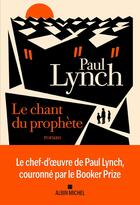-
Date de parution : 01/01/2019
-
Editeur :
Kehrer
-
EAN : 9783868288995
-
Série :
(-)
-
Support :
Papier
Résumé:
Oskar Kokoschka (1886-1980) is, along with Francis Picabia and Pablo Picasso, one of a generation of artists who retained their allegiance to figurative painting after the Second World War, even as abstract art was consolidating its predominance. It is also thanks to them that... Voir plus
Oskar Kokoschka (1886-1980) is, along with Francis Picabia and Pablo Picasso, one of a generation of artists who retained their allegiance to figurative painting after the Second World War, even as abstract art was consolidating its predominance. It is also thanks to them that non-representational painting and figurative art can now be practised side by side without partisan feuding. Artists of the present day acknowledge their debt to Kokoschka in particular.
The retrospective traces the motifs and motivations of a painter who felt at home in no fewer than five countries. It brings together 100 paintings and an equal number of works on paper, photographs and letters from all phases of his career. Two impressive triptychs, each around eight metres wide and two metres high - "The Prometheus Triptych" (1950, Courtauld Gallery, London) and "Thermopylae" (1954, University of Hamburg) - are the high point of Kokoschka's mature oeuvre, and of this retrospective. The two works have only been shown together once before, at the Tate in 1962.
Donner votre avis















